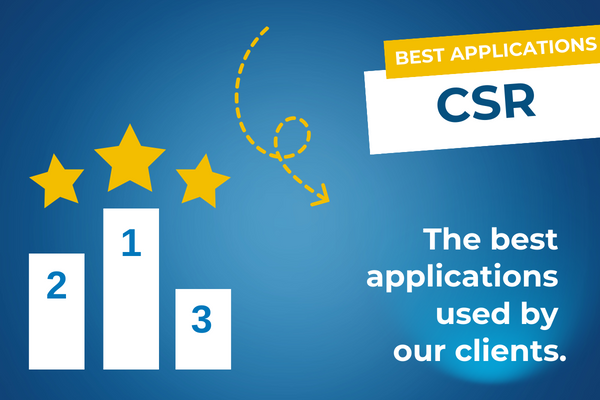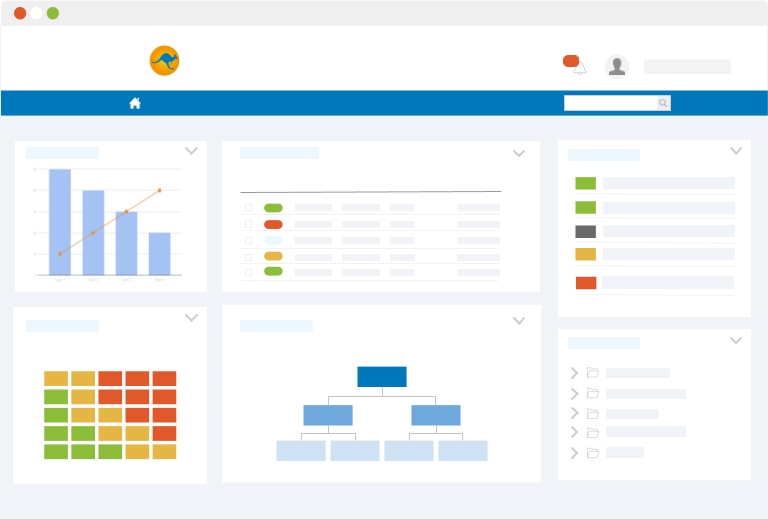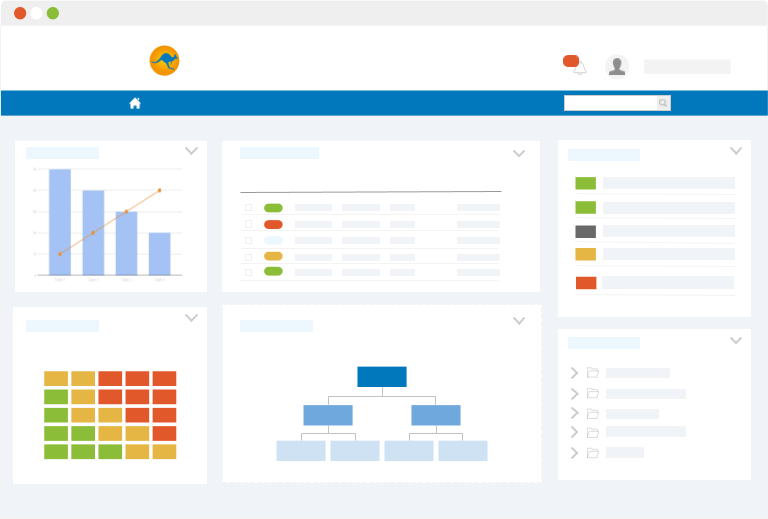What is the PPE’s position in the principles of prevention?
The 9 general principles of prevention rank the provision of PPE in the 8th position, favoring risk reduction at source and organizational aspects before providing protective equipment to employees. Even though sometimes the personel don’t take the PPEs so seriously.
Are there any regulations regarding the PPEs?
The manufacture, use, maintenance and control of PPE are regulated.
In Europe according to the EU regulation 2016/425, PPE must have the ‘’CE’’ markings affixed next to the manufacturer’s name in a visible and indelible way to be compliant with the regulation. Also, a user manual must be provided with the equipment specifying some information, such as the conditions of storage, use, maintenance, transport, as well as the expiration date of the product.
In the USA, PPE should answer to the Occupational Safety and Health Administration’s (OSHA) requirements and American National Standard Institute (ANSI) standards.
PPEs are classified into three categories concerning the level and type of protection needed based on the risk gravity.
Therefore, it is essential for the employers to identify hazards, evaluate and control the risks at their workplace. Hence the importance of hazards identification and risk assessment documentations which helps them to provide their teams with the appropriate PPE.
What are the employer’s obligations?
The employer has other obligations in terms of PPE management:
- Provide the appropriate PPE individually and free of charge;
- Check the suitability of the PPE to the activities using risk analysis;
- Ensure the appropriate use of the PPE;
- Check the regulatory compliance of the ordered PPE;
- Keep the workers in charge of PPE management informed and up to date;
- Ensure hygiene, good condition and maintenance of the PPE;
- Inform employees on the availability, instructions and range of actions of the PPE;
- Train users to wear PPE.
How to implement a successful PPE management plan?
PPE management is a process that must be rigorous to be effective. This management must be carried out in close collaboration with the operational staff, who use this equipment on a daily basis.
- Understanding the field work
- Evaluate your suppliers before choosing the right equipment
- Testing phase
- Deployment for a specific training for PPE use and awareness
How can a digital tool simplify the PPE management?
In the context of PPE management, a dedicated tool provides several benefits:
- Real-time inventory tracking with automatic alerts;
- Orders made directly on mobile or tablet;
- Automatic alerts for training follow-ups and deadlines;
- Online training with digital media (photos, videos, augmented reality…);
- Management of periodic control schedules and expiration dates;
- Supplier evaluation with a digital evaluation grid ;
- Reporting of incidents related to PPE (non-compliance, PPE not adapted, hazardous situation, etc.)







